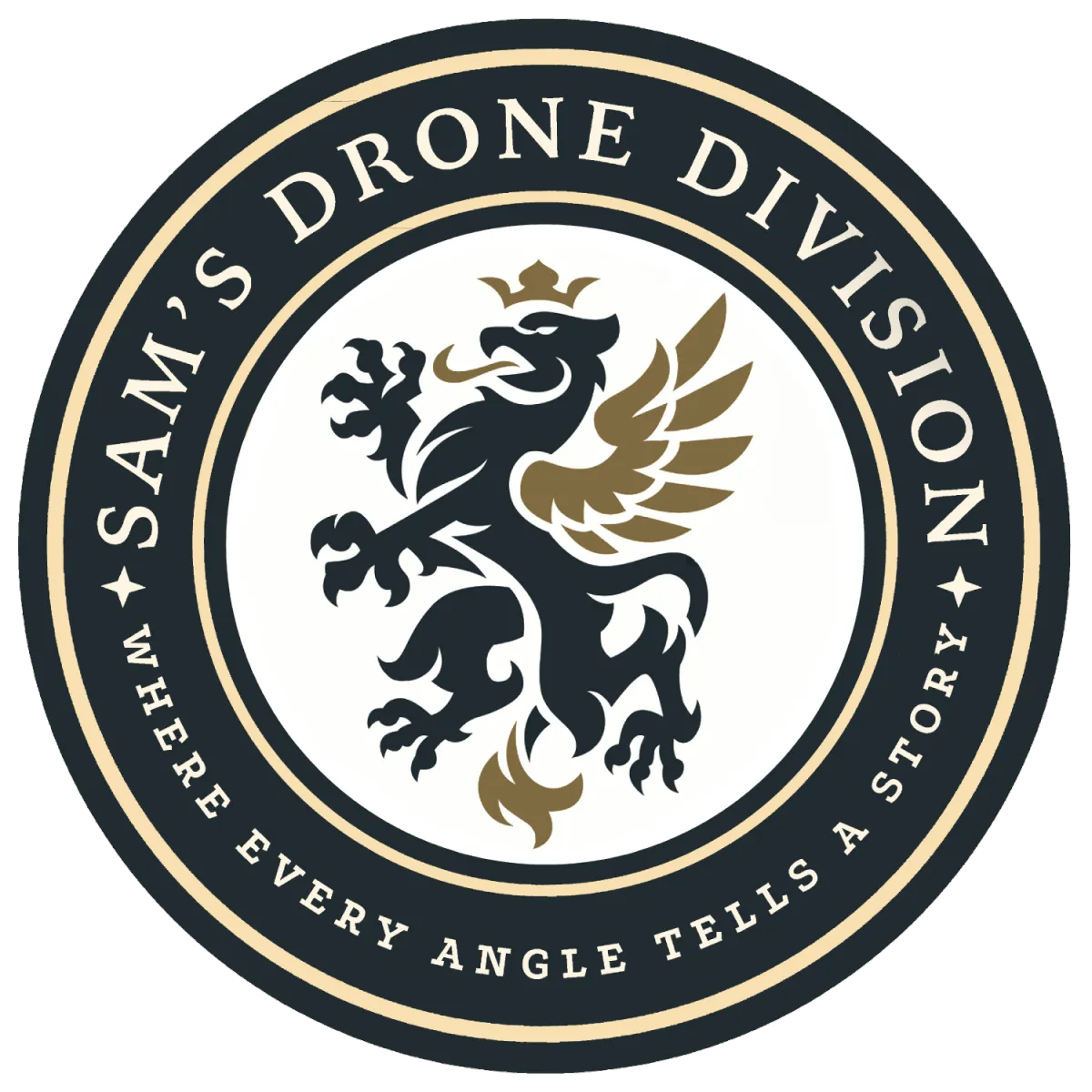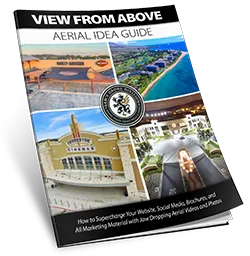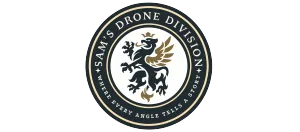
TOWER INSPECTIONS
The Importance of Aerial Inspections for Tower Maintenance: Why Drones Are Revolutionizing the Industry
In the world of telecommunications, energy, and other industries that rely on tower infrastructure, ensuring the safety and integrity of towers is paramount. Tower inspections are a critical part of maintaining these structures, but traditional inspection methods are often dangerous, time-consuming, and costly. Enter drones—specifically, Tower-Certified, FAA 107 license drone operators who specialize in aerial tower inspections.
While drones cannot replace the need for climbers, they play a crucial role in modernizing the inspection process. In this article, we’ll explore the benefits of using drones for tower inspections, including safety, efficiency, and regulatory compliance, as well as the added value of using drones for bird nest inspections, post-storm assessments, and insurance claims.
Drones and Tower Inspections: A Powerful Partnership
1. Drones Can't Replace Climbers, but They Make Their Work Safer and More Efficient
Climbers are still essential when it comes to physically inspecting and repairing towers. However, drones make the climbers’ job much easier by providing them with clear, detailed images of the tower's condition before they climb. Drones allow tower technicians to assess the tower’s overall health from the ground, identifying any immediate issues such as loose bolts, damaged components, or structural weaknesses. This helps climbers prepare for their work at height, knowing exactly what they’re dealing with.
By allowing drone inspections to pinpoint potential trouble spots, climbers can make more informed decisions about their ascent and minimize risks, ensuring the safety of workers on-site.
2. Bird Nest Inspections: A Necessary Step in Compliance
Bird nests can pose significant safety risks when they build up in or around tower structures. These nests can obstruct equipment, damage wiring, or create fire hazards. As part of the inspection process, identifying the presence of bird nests is crucial to ensure compliance with wildlife protection laws.
Drones make bird nest inspections much safer and more efficient by providing aerial views of hard-to-reach areas. This allows inspectors to identify nests without having to climb the tower and disturb any wildlife. Once detected, appropriate measures can be taken to ensure both the protection of the birds and the safety of the tower structure.
3. Post-Storm Inspections: Ensuring Compliance with State and Federal Regulations
After severe storms, tower inspections are not just a safety precaution—they are required by state and federal law. Towers are exposed to extreme weather conditions, and any damage could compromise their stability or functionality. Post-storm inspections are vital for ensuring that these structures remain safe to climb and operate.
Using drones for post-storm assessments is particularly valuable because they can access high-altitude areas quickly, even in adverse weather conditions. They can capture real-time imagery of damage or structural degradation without putting inspectors at risk. For businesses, this means they can comply with legal requirements efficiently, reducing the time spent on inspections and mitigating the potential for future damage.
4. Aerial Photos: Priceless for Insurance Claims and Documentation
A picture is worth a thousand words—especially when it comes to insurance claims. In the case of tower damage, having high-quality aerial photos can make a world of difference in proving the extent of damage for insurance purposes. These photos provide visual evidence that can be used to file claims, assess damage, and expedite the repair process.
Aerial imagery captured by drones offers a comprehensive and detailed view of the entire tower, ensuring that every aspect of the damage is documented. This can help insurance companies accurately assess the situation and prevent disputes. Additionally, these images serve as valuable documentation for future reference, helping businesses track the long-term health of their infrastructure.
Why Choose Tower-Certified Drone Operators?
The National Association of Tower Erectors (NATE) certification is an industry-recognized credential that ensures tower professionals are highly trained in tower safety, maintenance, and inspection protocols. For aerial inspections, choosing
Tower-Certified drone operators guarantees that the drone operator has a deep understanding of tower structures, safety standards, and inspection requirements.
NATE-certified drone pilots are trained to work in hazardous environments and are familiar with the specific needs of tower inspections. This level of expertise ensures that aerial inspections are not only accurate but also conducted safely, in compliance with all industry regulations.
Conclusion: The Future of Tower Inspections is Aerial
Drones have transformed the way we approach tower inspections. While they cannot replace the need for climbers, they significantly enhance the inspection process by providing detailed, high-resolution imagery, ensuring compliance with legal requirements, and improving safety for all involved. By incorporating drones into your tower inspection strategy, you can streamline the process, reduce risks, and gain valuable insights that would otherwise be hard to obtain.
If you’re looking to improve the efficiency and safety of your tower inspections, consider partnering with Tower-Certified drone operators. With the ability to conduct aerial inspections, detect bird nests, ensure regulatory compliance after storms, and provide priceless photographic evidence for insurance claims, drones are quickly becoming an essential tool in the tower maintenance industry.
Contact Sam's Drone Division
today to schedule your aerial tower inspection, and ensure your infrastructure is safe, secure, and compliant with all regulations.
CALL
SAM'S DRONE DIVISION TODAY:
(573) 299-1201
Click on the image above to Download the View From Above Aerial Idea Guide, so you can see for yourself how amazing your business will look to your customers and prospects using custom aerial photography from Sam's Drone Division!
CONTACT US:
Sam's Drone Division
PO Box 563
Vichy, MO 65580



